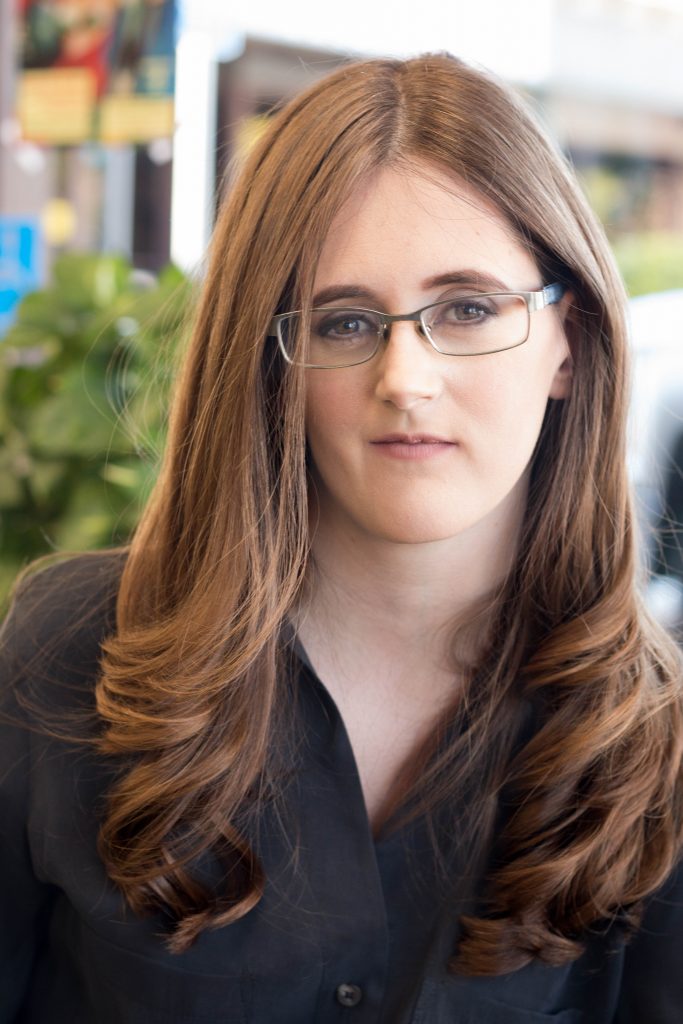By Marissa Dunham //
Today’s book reviews will be on story structure, or plot.
Story Structure vs. Plot
As I have mentioned before in this series on writing craft book reviews, plot and story structure are similar but separate craft elements. Plot is a series of events. Structure is how you organize those events.
These five books will give you a good understanding of story structure and plot to help you maintain your momentum during writing or in preparation for starting a new book.
There are many other story structures, like kishōtenketsu and Freytag’s Pyramid. Use the books below as a starting off place and keep learning about other structures.
Here are the five!
- The Heroine’s Journey: Woman’s Quest for Wholeness by Maureen Murdock
This book, which is 232 pages, has been described as the female alternative to Joseph Campbell’s hero’s journey, but you will find that the heroine’s journey is its own story structure. The heroine’s journey, unlike the hero’s journey, always ends the same, or at least tries to, with the heroine re-asserting her voice and coming back to a natural place of wholeness. Some of the world views in this book about the male-female relationship may feel dated. But many writers have found Murdock therapeutic and her explanations of how to use the heroine’s journey to be both constructive for building richer stories with female characters and enlightening. You will enjoy reading Murdock for her honesty and grasp of duality. - The Hero with a Thousand Faces by Joseph Campbell
This is a classic book on story structure, which catalogs a popular structure in Western literature: the hero’s journey. The hero’s journey is a story structure in which the hero goes on a journey, meets adversity and trials, and returns a changed person. The book is not an easy read but its examples from mythology will guide you to filling out your outlines or pages with a deeper understanding of what motivates the hero and how to get to that crucial scene where the hero – at last – transforms. The book is 418 pages, including back matter. - Save the Cat! Writes a Novel: The Last Book on Novel Writing You’ll Ever Need by Jessica Brody
Writers of fiction dive into the 15 story beats that have been used in countless bestsellers. If you’re looking for a craft book that is practical and accessible, this book may be the one for you. Writers have used the method in this book for years and have found that it gives them just enough plot points to see where their plots have stalled and write better novels. - 90-Day Novel by Alan Watt
Another great book on outlining plot and creating transformative endings. Watt takes you through 90 days of outlining and writing, using the hero’s journey to get your novel or memoir to the next level. - Making Shapely Fiction by Jerome Stern
Some writers may find plot-driven narratives too restrictive for early drafting. For writers looking for philosophy but with practical applications, this book may be what you’re looking for. The book is 270 pages and explains plot in terms of broad shapes that can be used to write plot with a looser grip. The book is divided into four sections: “The Shapes of Fiction,” “A Cautionary Interlude,” “From Accuracy to Zigzag: An Alphabet to Writers of Fiction,” and “Readables: Where to Learn More.” For writers concerned about suspense in their novels, for example, intriguing story shapes for suspense might include: “Trauma,” “Journey,” and “Bear at the Door.” The third part, “From Accuracy to Zigzag: An Alphabet for Writers of Fiction” is thorough, providing page numbers for easy access to the terms in the book, which includes endings, metafiction, sex, showing and telling, suspense, and more. For further reading on the topic of plot as shape, read Joseph Scapellato interpretation of Stern’s concept on LitHub, “Sure, Plot Is Good, But Have You Tried Talking About Story Shape?”
Marissa’s Take Practice Exercise: Raise the Stakes Game
Start with a simple problem and then add a complication. Make the complication just a little bit worse than the original problem. Complete 10 pairs without stopping. Challenge: Write a scene with dialogue using one of the pairs.
Example:
- The mail arrived unusually late tonight with a large stack of final notice bills.
- A housewife must confess her gambling addiction to her husband, a conversation which she has been avoiding by hiding the bills for months.

MARISSA DUNHAM is a writer and freelance editor. She spent the early part of her career in educational publishing, but now spends most of her time editing literary fiction, magical realism, and middle grade fiction. She lives in Southern California, where she enjoys bringing new life into the world by planting tomatoes and flowers in the garden.

